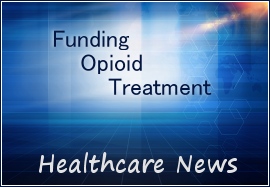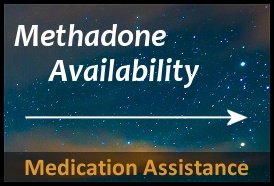 Recovery from opioid addiction initially centers around physical stabilization: specifically the management of opioid withdrawal. This is an essential step for the vast majority of opioid addicted people seeking help. Research has shown a 90% failure rate for opioid treatment programs that do not offer medication assistance.
Recovery from opioid addiction initially centers around physical stabilization: specifically the management of opioid withdrawal. This is an essential step for the vast majority of opioid addicted people seeking help. Research has shown a 90% failure rate for opioid treatment programs that do not offer medication assistance.
Methadone was the original medication FDA-approved for treating opioid addiction although Subutex has been recently introduced into opioid treatment programs around the country as a viable alternative. Subutex is effective especially for milder levels of opioid dependency.
Subutex is a brand name version of buprenorphine, the partial opioid agonist that reduces withdrawal symptom sickness. Most patients are familiar with “Suboxone” which is a popular buprenorphine-based film that is dissolved under the tongue and is taken once per day. It differs from Subutex in that it contains naloxone so that it cannot be easily abused intravenously.
A number of methadone clinics began offering subutex in the past few years in an effort to expand treatment options for patients. Because subutex can be abused, it is typically administered daily in the clinic by a nurse where it can be supervised.
If you are considering entering a treatment program for opioid misuse, you may want to ask about the variety of medications utilized by the clinic or physician. Some patients have successfully transitioned from methadone to subutex while others enter the program starting with subutex. This is a decision best made in conjunction with your treating doctor who can formulate a treatment plan based on your history of opioid use.

 Follow
Follow

 The national budget proposal for the 2019 fiscal year includes a request for $13 billion in funding for opioid treatment and related services. This linked
The national budget proposal for the 2019 fiscal year includes a request for $13 billion in funding for opioid treatment and related services. This linked  There is a great article in the
There is a great article in the  Opioid addiction is one of the more challenging substance use disorders to confront and manage because of its physical dependency characteristics. Once the process of physical addiction has taken hold, avoiding daily withdrawal becomes a high hurdle.
Opioid addiction is one of the more challenging substance use disorders to confront and manage because of its physical dependency characteristics. Once the process of physical addiction has taken hold, avoiding daily withdrawal becomes a high hurdle. Imagine trying to medically manage advanced diabetes with no insulin or grand mal seizures without anticonvulsant medication.
Imagine trying to medically manage advanced diabetes with no insulin or grand mal seizures without anticonvulsant medication.


